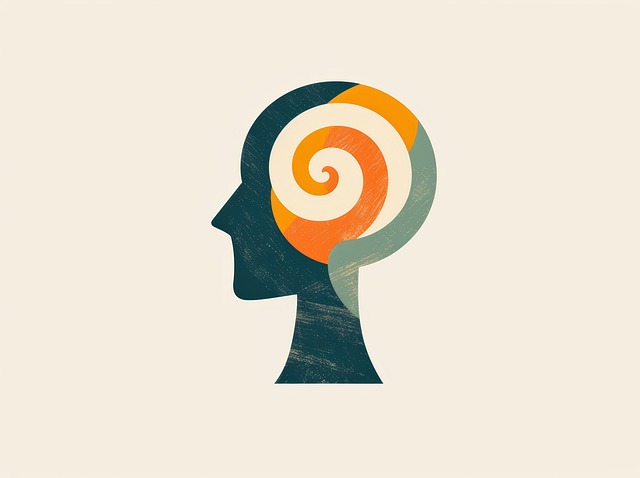Understanding Mental Health Data is crucial for effective support at Lone Tree Women's Issues Therapy. They gather data from various sources like clinical assessments, self-reported surveys, and even social media, preparing it meticulously to ensure analysis accuracy. Advanced statistical methods, machine learning algorithms, and Natural Language Processing (NLP) enable precise diagnosis and personalized treatment plans. Data visualization tools simplify complex datasets for quick identification of focus areas. This data-driven approach has led to successful therapeutic modalities and evidence-based care at Lone Tree Therapy.
Mental health data analysis is a powerful tool in understanding and improving patient outcomes. In this article, we explore the process of interpreting mental health data, from collection and preparation to advanced analytical techniques. We delve into how these methods can be applied at organizations like Lone Tree Women’s Issues Therapy to enhance therapy sessions, personalize treatment plans, and ultimately improve patient well-being. By utilizing data insights, healthcare providers can make informed decisions, ensuring more effective and tailored care.
- Understanding Mental Health Data: Collection and Preparation
- Techniques for Effective Analysis and Interpretation
- Applying Insights from Data to Improve Therapy Outcomes at Lone Tree Women's Issues Therapy
Understanding Mental Health Data: Collection and Preparation

Understanding Mental Health Data is a critical step in providing effective treatment and support to individuals seeking Lone Tree Womens Issues Therapy. The process begins with data collection, ensuring that various sources are utilized to capture a comprehensive view of an individual’s mental health status. This includes clinical assessments, self-reported surveys, electronic health records, and even social media interactions for insights into daily experiences. By gathering data from these diverse channels, professionals can gain a multi-faceted understanding of an individual’s mental wellness.
Data preparation is a meticulous process that involves cleaning, organizing, and structuring the collected information. This step is essential to ensure that the analysis is accurate and meaningful. It includes handling missing values, identifying outliers, and transforming data into a suitable format for analysis. For instance, integrating Mindfulness Meditation practices or Mental Wellness Podcast Series Production data alongside traditional clinical measures can provide a richer understanding of an individual’s coping mechanisms and self-care routines. Equally important is the development of Self-Care Routine Development for Better Mental Health metrics to track progress and tailor interventions effectively.
Techniques for Effective Analysis and Interpretation

In the realm of mental health data analysis, utilizing advanced statistical methods and machine learning algorithms can significantly enhance understanding and interpretation. This involves segmenting and categorizing data to identify patterns and trends, allowing for more precise diagnosis and personalized treatment plans. For instance, natural language processing (NLP) techniques can analyze textual data from therapy sessions or client surveys, providing insights into emotional states and progress over time. This is particularly beneficial in Lone Tree Womens Issues Therapy, where the emotional regulation of clients is paramount. NLP enables therapists to objectively assess a wide range of feelings and sentiments, ensuring more effective Stress Reduction Methods and tailored interventions.
Furthermore, data visualization tools play a crucial role in interpreting complex mental health datasets. Visual representations such as graphs, charts, and heatmaps can simplify intricate information, making it accessible to both professionals and clients. This visual approach aids in quickly identifying areas of focus and measuring the impact of various therapeutic interventions. By combining sophisticated analysis techniques with Emotional Intelligence, therapists can gain deeper insights into their clients’ journeys, fostering more meaningful connections and ultimately leading to improved outcomes.
Applying Insights from Data to Improve Therapy Outcomes at Lone Tree Women's Issues Therapy

At Lone Tree Women’s Issues Therapy, leveraging insights from mental health data analysis has become a cornerstone in enhancing therapy outcomes. By meticulously studying and interpreting patient records, therapists gain invaluable insights into what works best for individual clients. This data-driven approach allows them to tailor treatments, ensuring that each woman receives personalized care aligned with her unique needs. For instance, the organization has utilized these analyses to identify specific therapeutic modalities and interventions that show higher success rates in addressing various issues, from anxiety management to trauma recovery.
Furthermore, Lone Tree Women’s Issues Therapy integrates findings from their Mental Wellness Podcast Series Production and Stress Management Workshops Organization into their data-informed strategies. Compassion Cultivation Practices, a key component of their programming, have been enhanced through data analysis, enabling therapists to foster more supportive and effective therapeutic environments. This comprehensive integration ensures that every aspect of care is evidence-based and geared towards maximizing positive outcomes for the women they serve.
Mental health data analysis is a powerful tool that, when applied correctly, can significantly enhance therapeutic practices. As demonstrated by the successful integration at Lone Tree Women’s Issues Therapy, interpreting and utilizing this data allows for more personalized and effective treatment plans. By employing advanced techniques to understand and prepare mental health data, therapists can make informed decisions tailored to individual patients’ needs. This approach ensures that therapy remains dynamic and responsive to the evolving landscape of each client’s mental well-being, ultimately improving outcomes and fostering a healthier community.









